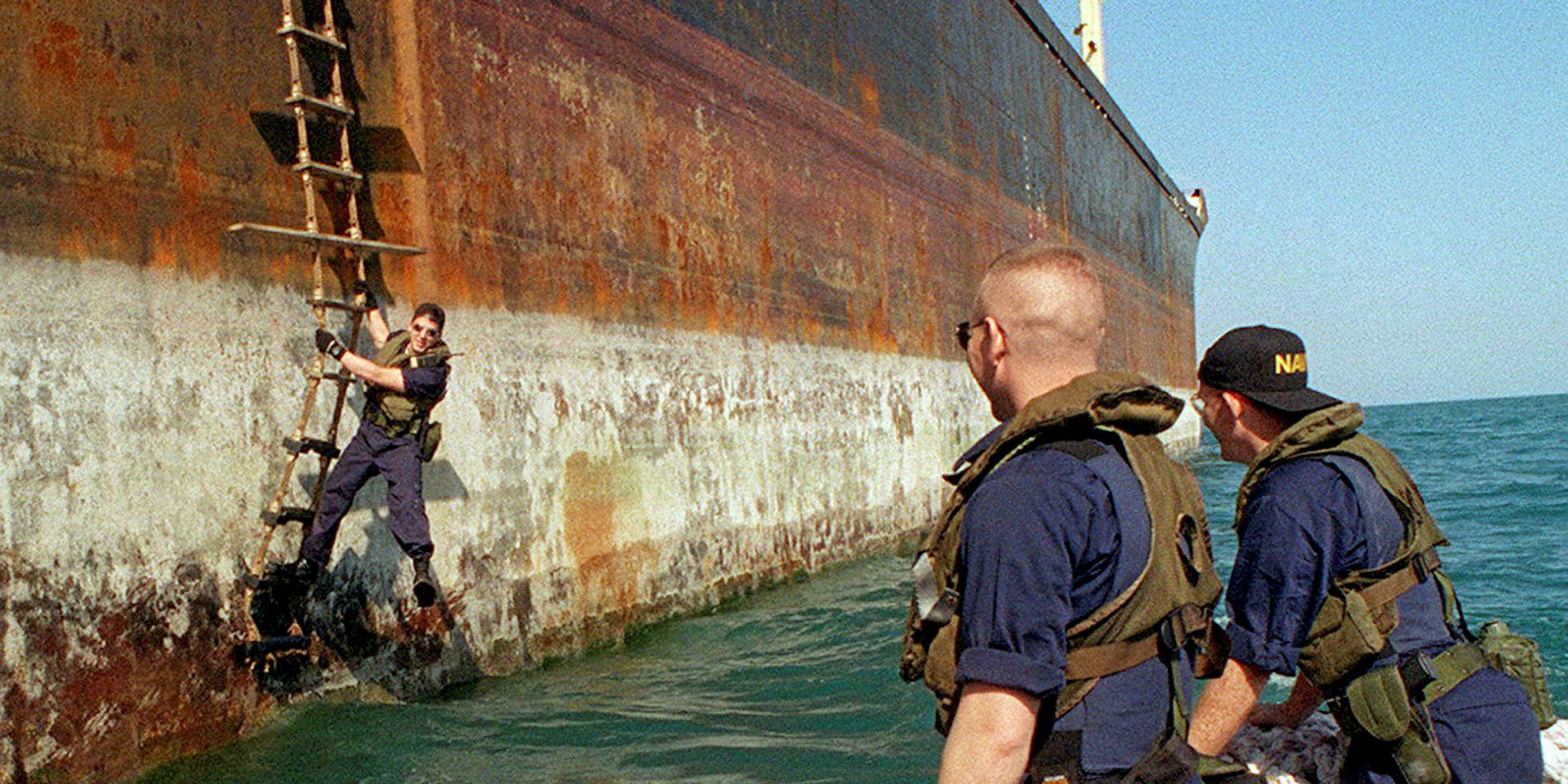A worrying percentage of pilot ladders do not meet minimum international safety standards in some regions, according to a survey by the International Maritime Pilots' Association (IMPA).
Ship-to-ship transfer is known as the cause of a significant loss of life at sea, although there are no official figures available.
The IMPA’s survey, part of its ongoing safety campaign, found that on average about 16% of pilot ladders around the world do not meet the safety standards laid out in the IMO’s International Convention for the Safety of Life at Sea.
However, the worst-performing regions were Africa and South America, where more than 21% of those inspected were found to be non-compliant.
The highest percentage of non-compliance — 21.62% — was found on rig supply vessels, according to the IMPA survey, followed by reefers on 21.05% and chemical tankers on 20.73%.
Most non-compliance was due to ladders' steps not being horizontal, followed by ladders not fully secured against a ship's hull.
The IMPA described boarding a ship as an “extremely hazardous undertaking”.
It blamed the non-compliance on the sale of cheap counterfeit ladders and the failure of classification societies to inspect them correctly. It also cited the tendency of port state control officers to inspect certificates rather than ladders “and even sometimes dangerous, boarding arrangements are prepared by poorly motivated crews often without officer supervision”.
“Pilot ladders are an extremely simple and inexpensive means of allowing a pilot to embark and disembark a vessel at sea," the IMPA said. "Compliance is neither complicated nor expensive. Yet, in 2017, it is sad to say that pilots are still being injured and killed while embarking ships."



